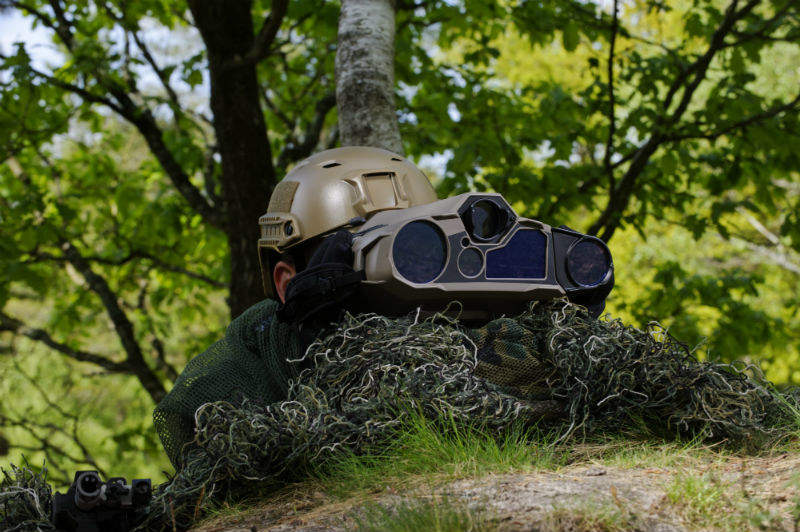
Thales has launched its new Sophie Ultima thermal imager, a lightweight high-performance four-in-one camera at the Eurosatory defence and security exhibition in Paris, France. The latest from the Sophie range, the device is ready for connected combat and augmented reality with assistance to support day and night-time operations.
The camera combines tactical binoculars, an infrared target locator, a daytime laser range finder, and a teleconverter into one device. Sophie Ultima weighs 2.5kg and provides even higher performance than previous models.
It also improves target identification over long distances and provides tactical advantages in daylight operations by combining a high-performance glass day channel with the detection capabilities of infrared imaging, detecting body heat at more than 1km away. This enables soldiers to target even camouflaged enemies.
Sophie Ultima delivers collaborative combat benefits such as augmented reality in digitalised operations, which Thales reports enables soldiers to detect enemies sooner and act faster. This allows them to conduct faster strikes while maintaining precision.
The camera can also accommodate future operational requirements and technologies, including the new ‘eXtension’ concept, several plug and play accessories for future capability upgrades.
Using common interfaces and shared maintenance solutions, Sophie Ultima offers significantly reduced instruction, training, and support, and will cover the needs of operational units from squadron leaders to Special Forces, ensuring that the camera is still suitable for each task.
Thales Optronics vice-president Jean-Pascal Arrou-Vignod said: “The armed forces rely on Thales for its expertise in the connectivity, big data, artificial intelligence, and cybersecurity technologies that are key to their digital transformation. With Sophie Ultima, the soldier of the future will master the art of collaborative combat day and night.”
Thales has sold 15,000 Sophie thermal imagers in 55 countries. The Sophie range offers surveillance capability during degraded visibility conditions in the operational theatre, enabling accurate detection, identification, and localisation, ensuring high efficiency to multi-purpose missions.



